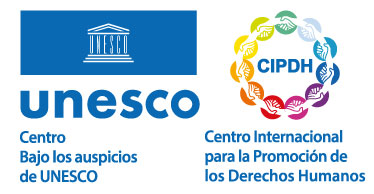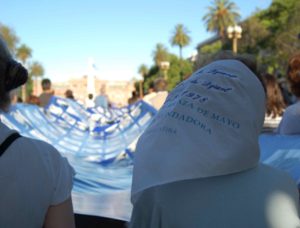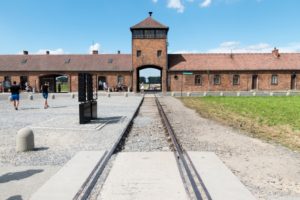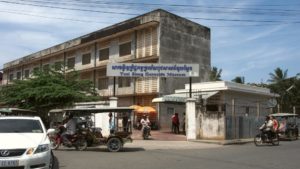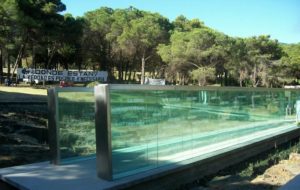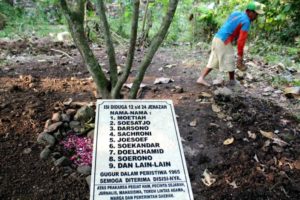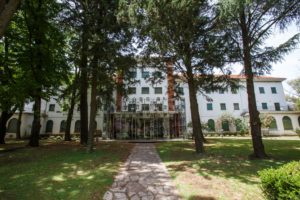Space for Memory and for the Promotion and Defense of Human Rights (Former ESMA)
Site
Museum
Theme: Genocide and/or Mass Crimes

Address
Avenida del Libertador 8151
Country
Argentina
City
Autonomous City of Buenos Aires
Continent
America
Theme: Genocide and/or Mass Crimes
Purpose of Memory
The site preserves the memory of what happened during the last Argentine military dictatorship (1976-1983), and is a collective area aimed at honoring the victims and condemning crimes against humanity.
Known Designation
Space for Memory and Human Rights (Former ESMA)
Institutional Designation
Space for Memory and for the Promotion and Defense of Human Rights (Former ESMA)
Date of creation / identification / declaration
2004
Public Access
Free
UNESCO Connection
On september 19th 2023, the Memory Site Museum ESMA, located in the Space for Memory and for the Promotion and Defense of Human Rights, was recognized as part of UNESCO's World Heritage Site List.
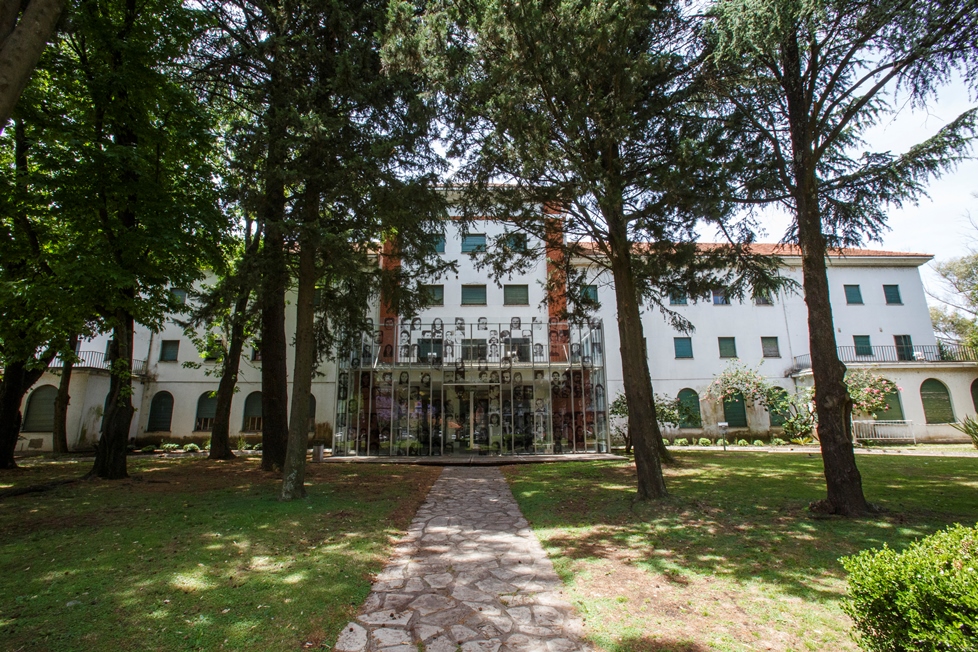
Location description
During the last civil-military dictatorship in Argentina (1976-1983) the Navy School of Mechanics (ESMA by its Spanish acronym) operated as a Clandestine Detention, Torture and Extermination Center. Currently in the former ESMA, an area of 17 hectares, there are offices of different state and civil society, national and international organizations and institutions related to human rights.
In the building that belonged to the Navy Officers Residence, there was one of the largest clandestine detention centers in the country. This is where today one can find the ESMA Memory Site Museum, which houses a museographic exhibition based on testimonies of the victims of the last Argentine dictatorship and historical documents.
Throughout the second half of the 20th century, Latin America underwent a period of political instability marked by military dictatorships and authoritarian governments, which came to power within the framework of the counter-insurgency during the Cold War. In Argentina, on March 24, 1976, a new coup d’etat initiated the bloodiest repressive period in its history, which lasted until 1983.
The military government of the self-proclaimed National Reorganization Process implemented a systematic plan to illegally eliminate thousands of people through kidnapping, torture and enforced disappearances, alleging a “fight against subversion”. It is estimated that more than 500 hundred clandestine centers of detention, torture and extermination operated throughout the country.
During the dictatorship, in the Navy Mechanics School (ESMA), a military training center for cadets, the largest clandestine detention center in the country operated at the same time. From the building of the Navy Officers Residence, the Task Force 3.3.2 (which reported to the Naval Intelligence Service of the Navy) carried out kidnappings and tortures, appropriated children, and stole property from the people who where illegally detained at ESMA. It is estimated that between 1976 and 1983 more than five thousand people were taken there; most of them by military aircrafts and thrown alive from a great height to the Rio de la Plata river or the Argentine territorial sea in the so-called “death flights”, or murdered and buried as “NN” in mass graves. At least 37 pregnant women gave birth in captivity to their babies, who were appropriated by other families (usually, though not always, of perpetrators).
From 2007 to the date of publication of this Map, judgment was rendered within the framework of three trials for crimes against humanity committed at ESMA, and dozens of accused were convicted to life imprisonment. Less severe penalties and acquittals were also rendered. The fourth trial began on August 13, 2018, and analyzes the cases of 816 victims.
The commemoration of the coup d’etat every March 24th brings together a large number of people throughout the country who participate in demonstrations under the slogan “Never Again” uninterruptedly since the return to democracy in 1983.
In 1984, when democracy had been recently restored, an act had been planned in front of the ESMA premises. The demonstration was banned by the authorities so it was decided that it would take place at a park nearby. In 1995, a former naval lieutenant, Alfredo Scilingo, confessed he had thrown people coming from ESMA to the Rio de la Plata from an airplane in mid-flight. From that moment on, important commemorations began to take place in front of this institution.
In 1998, a government executive order mandated the demolition and transformation of the Navy Mechanics School into a green area of public use where a “symbol of national union” would be placed. Society strongly condemned the decree, particularly human rights organizations, social movements, survivors and relatives of detainees and victims of enforced disappearance of the ESMA, who advocated for the measure to be suspended. In October of that same year, the court hearing the case ordered the Argentine State to safeguard the premises due to their probative value in different judicial cases and being cultural heritage.
On March 24th, 2004, on the 28th anniversary of the military coup d’etat, the Argentine National Government and the Government of the City of Buenos Aires signed an agreement to evict the Navy from the ESMA and to locate a space for memory and promotion of human rights. In 2007, an interjurisdictional agency was created to administer the premises with the participation of human rights organizations and state agencies.
Nowadays, several public and nongovernmental institutions related to human rights operate at the former ESMA, carrying out different cultural activities and promoting human rights.
The then Navy Officers Residence (now ESMA Memory Site Museum) displays a permanent exhibition about how the former clandestine center of detention, torture and extermination operated.
Below are detailed the public and nongovernmental institutions present in the Space for Memory and Human Rights (Former ESMA):
- Ente Público Espacio para la Memoria y la Promoción y Defensa de los Derechos Humanos
- Museo Sitio de Memoria ESMA
- Casa por la Identidad / Abuelas de Plaza de Mayo
- Casa de Nuestros Hijos. La Vida y la Esperanza / Madres de Plaza de Mayo Línea Fundadora
- Espacio Cultural Nuestros hijos (ECuNHi) / Asociación Madres de Plaza de Mayo
- Casa de la Militancia / H.I.J.O.S.
- Edificio 30.000 Compañeros Presentes / Familiares de Desaparecidos y Detenidos por Razones Políticas
- Equipo Argentino de Antropología Forense
- Memoria Abierta
- Secretaría de Derechos Humanos y Pluralismo Cultural de la Nación
- Archivo Nacional de la Memoria
- Centro Cultural de la Memoria Haroldo Conti
- Museo Malvinas e Islas del Atlántico Sur
- Instituto de Políticas Públicas en Derechos Humanos del Mercosur (IPPDH)
- Contenidos Públicos Sociedad del Estado
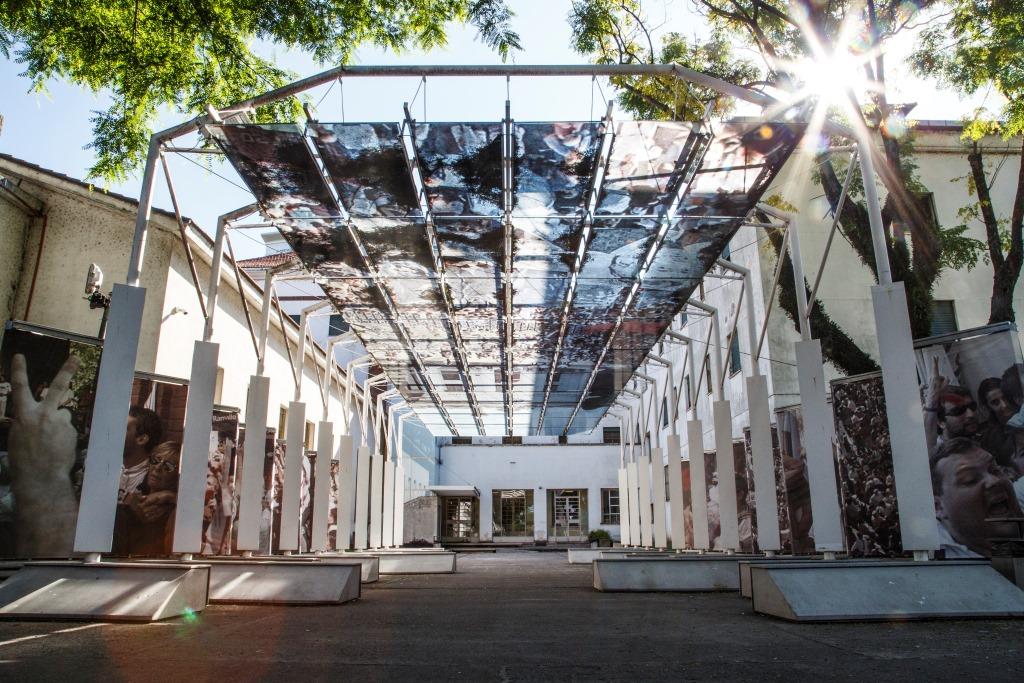
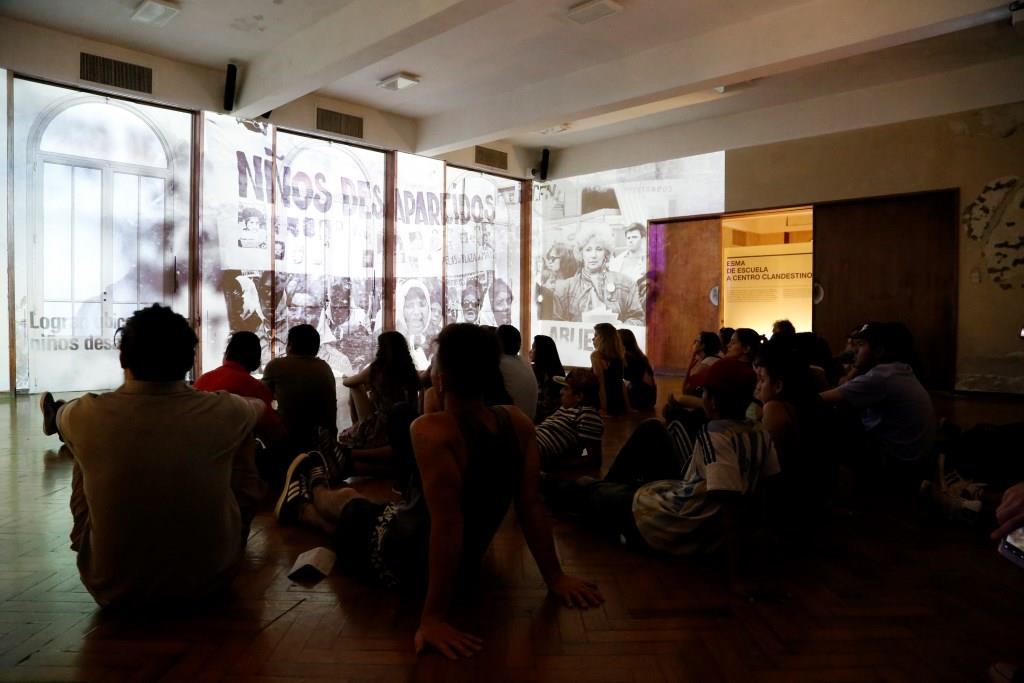
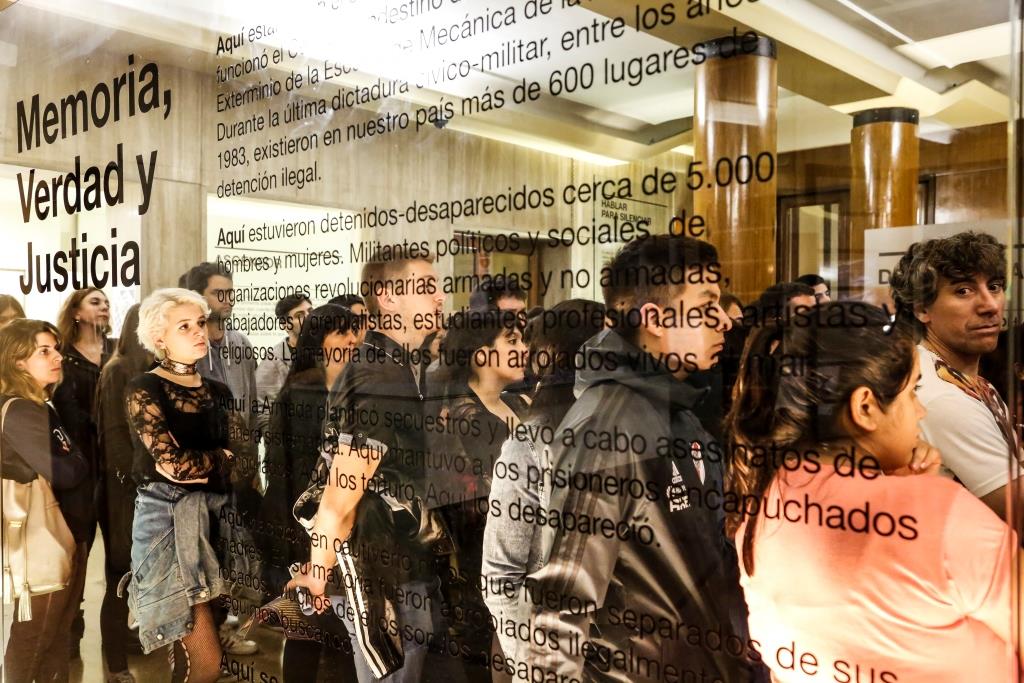
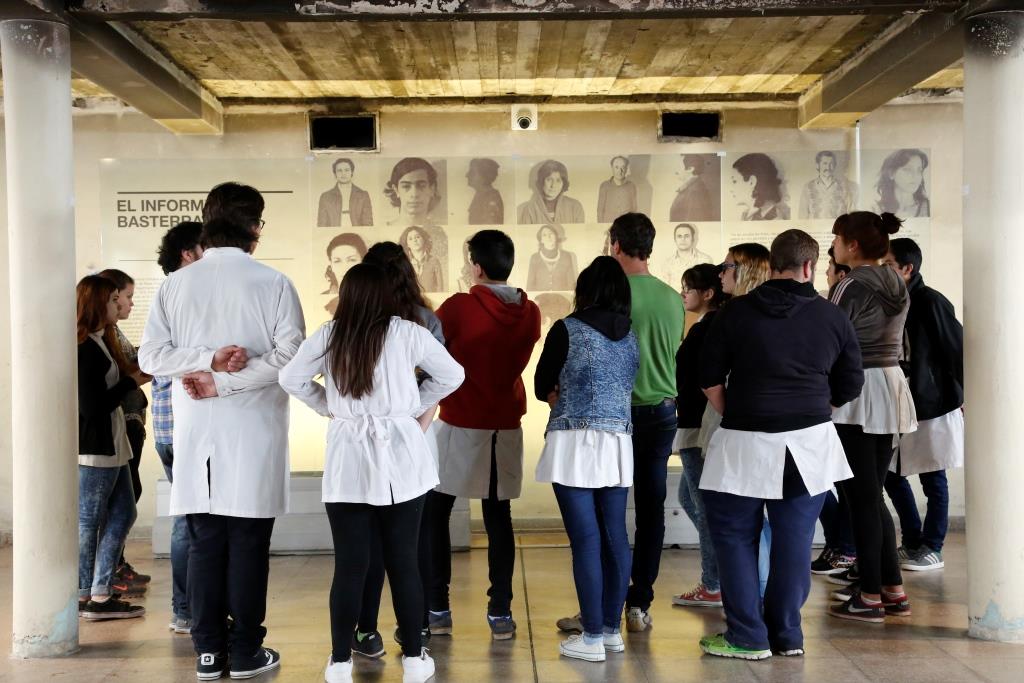
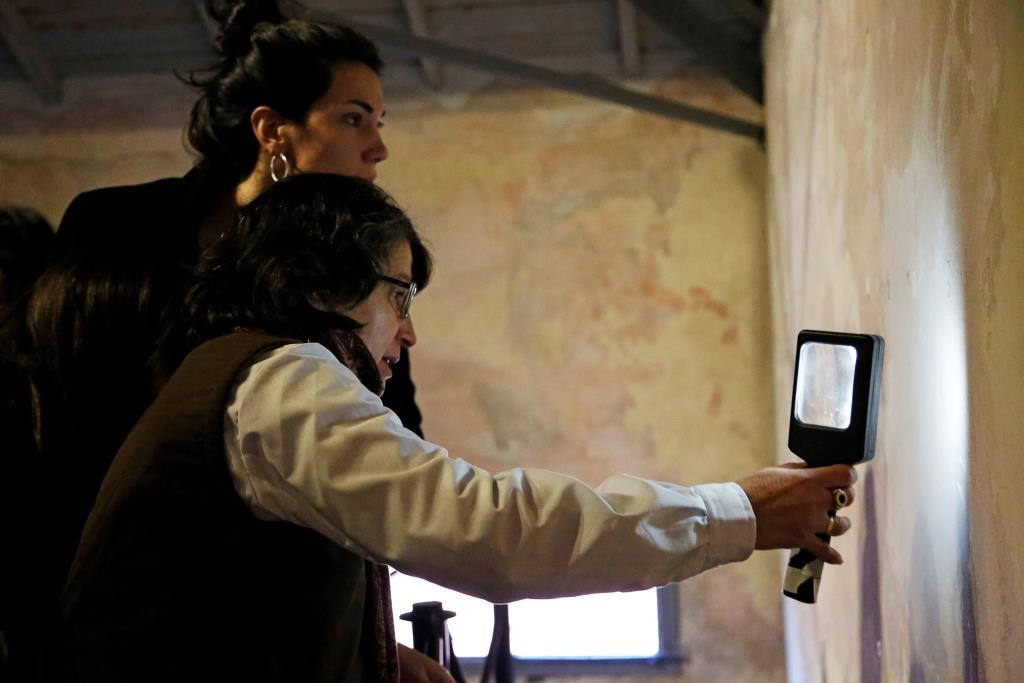
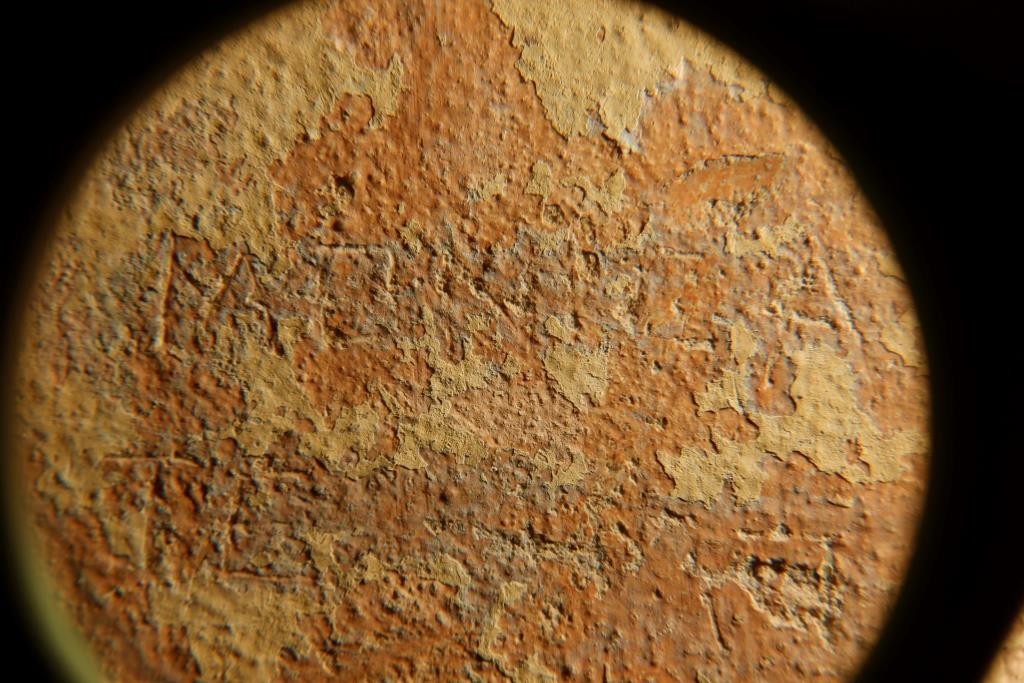
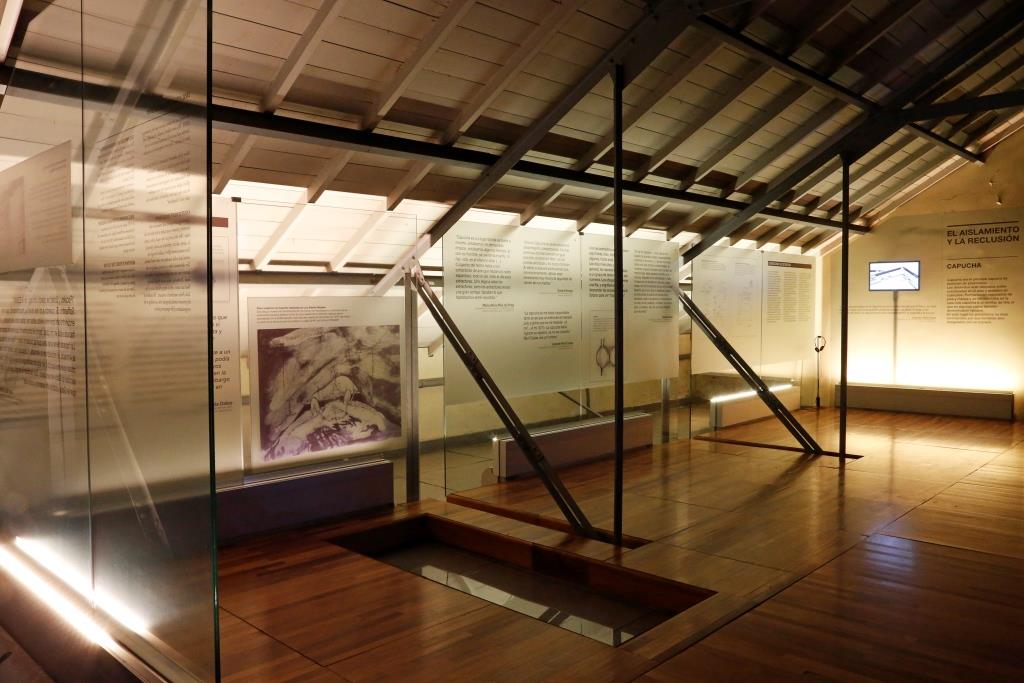
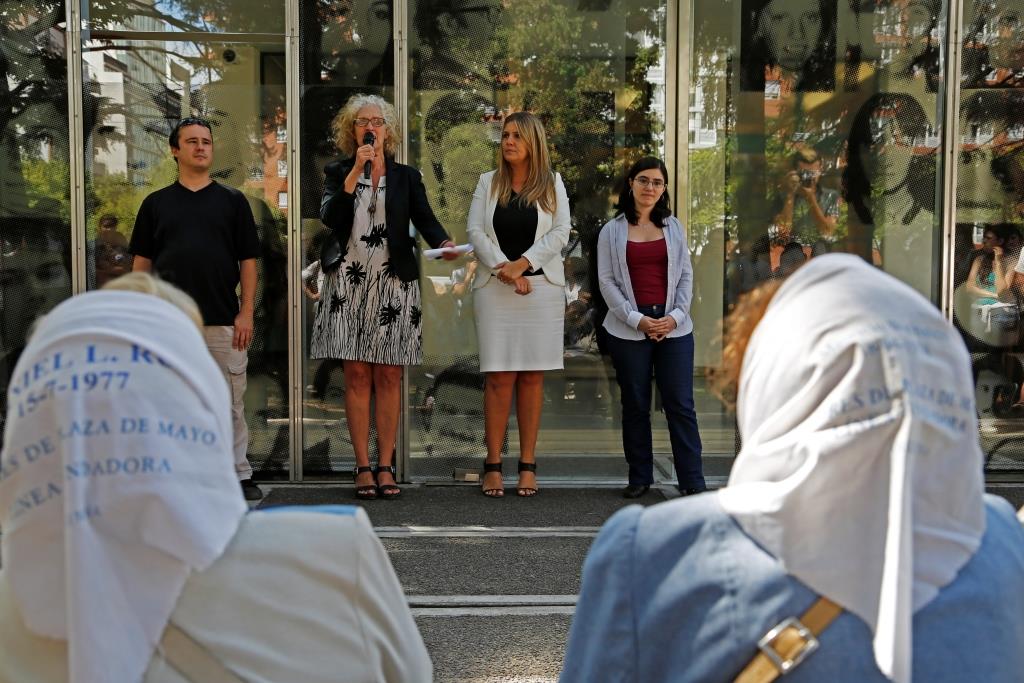
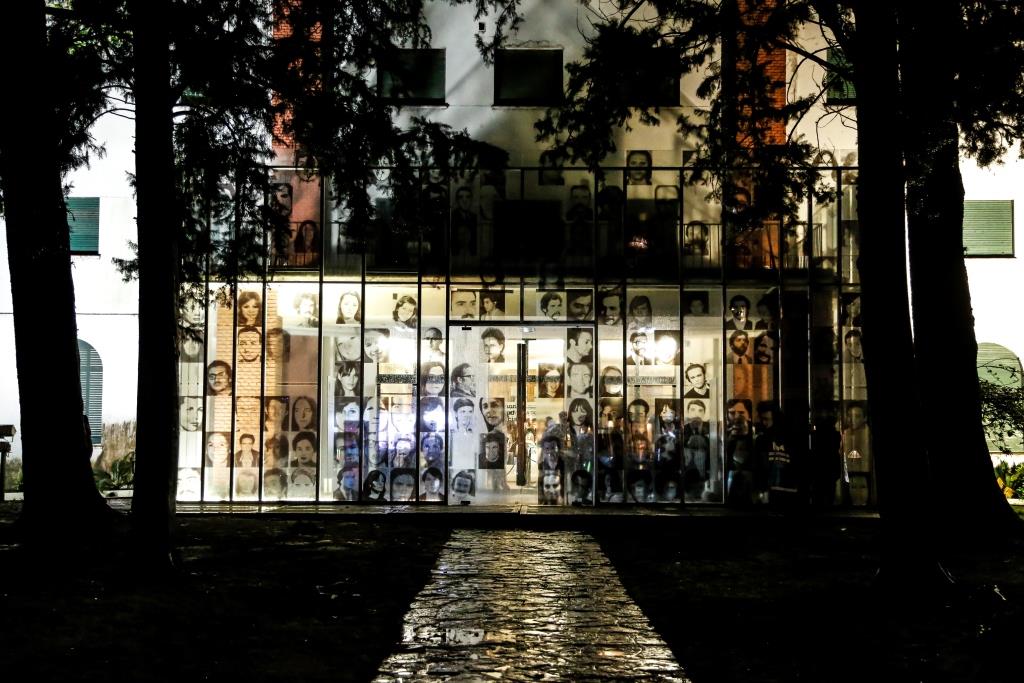
Organization in Charge - Main Referent
